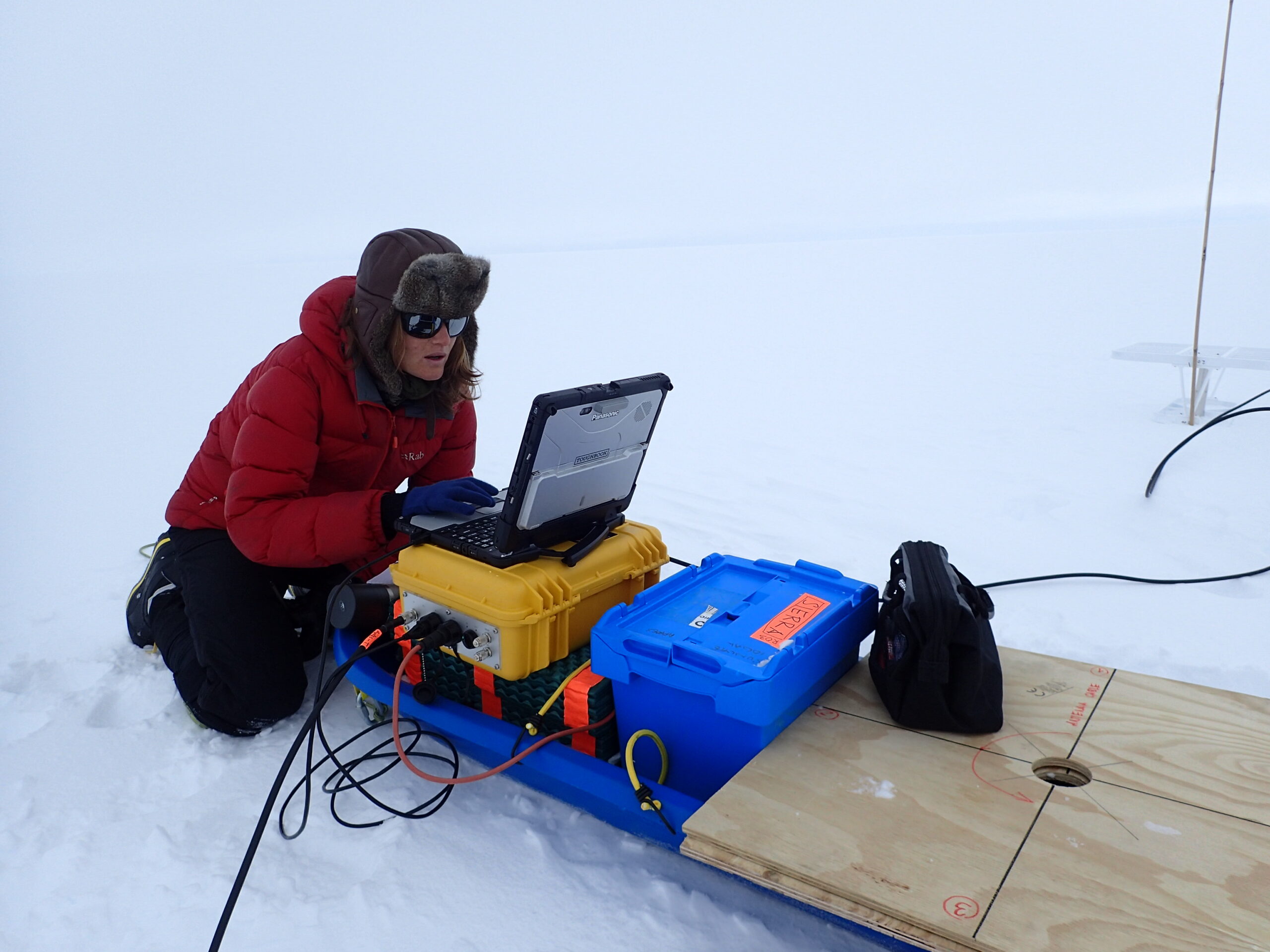A new trial of Eutelsat OneWeb at British Antarctic Survey's Rothera Research Station is providing new opportunities for science, and even live broadcasting.
The low Earth orbit service was launched in January 2024, and provides much improved connectivity to BAS' largest research station. Communications and internet connectivity in Antarctica is currently limited to solutions offering at most 1-5 Mbps in both uplink and downlink, despite the significant number of crucial scientific research outposts in the region. Eutelsat OneWeb's services will deliver significantly increased reliability and data-rates up to 120 Mbps.

Consistently higher speed connectivity has the potential to totally transform the activity at the stations and in the wider Antarctic region, allowing scientists to do their day-to-day activities with real-time support from scientific, technical or health teams around the world. It will also provide vital connectivity to help improve the welfare of the community at Rothera, outside of working hours, as they are often deployed for 18 months at a time in one of the remotest and geographically challenging areas of the world.
Julius Rix, Head of Engineering at British Antarctic Survey, says,
"We're excited to see how using Eutelsat OneWeb will change the connectivity for living and working at Rothera Research Station. Knowing we have such an increase in bandwidth is a gamechanger for our communications connectivity, allowing transfer of big data files and giving us the opportunity to do live broadcast interviews from one of the remotest places on Earth. This has the potential to change the way we work and the type of science we can carry out."

To deliver the services for the Antarctic region, Eutelsat OneWeb developed a proprietary system named TALARIA after the Latin word used to describe the 'winged sandals' of Mercury, God of communication. The innovative system includes an anchor ground station at Punta Arenas in Chile along with a user terminal installed in Rothera Research Station 1,000 miles away. The technology will match the high data use needs of the scientific activities at the research outposts in Antarctica, along with the connectivity needs of the staff based at the stations.
The design of the TALARIA system was made possible thanks to the support of European Space Agency (ESA) Sunrise Partnership Project as well as Comtech Telecommunications Corp. and Cobham SatCom, Eutelsat's partners for the development and implementation of the ground infrastructure solution.
Valery Gineste, VP of Technology & Innovation at Eutelsat OneWeb says:
"The TALARIA system is an innovation to deliver dramatically increased bandwidth using LEO connectivity for the very hardest to reach parts of the world., " This has been an exciting opportunity to create an entirely new remote connectivity system for Antarctica from concept to delivery inside 18 months."






